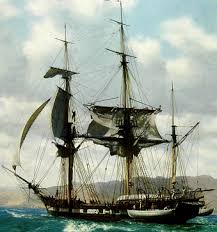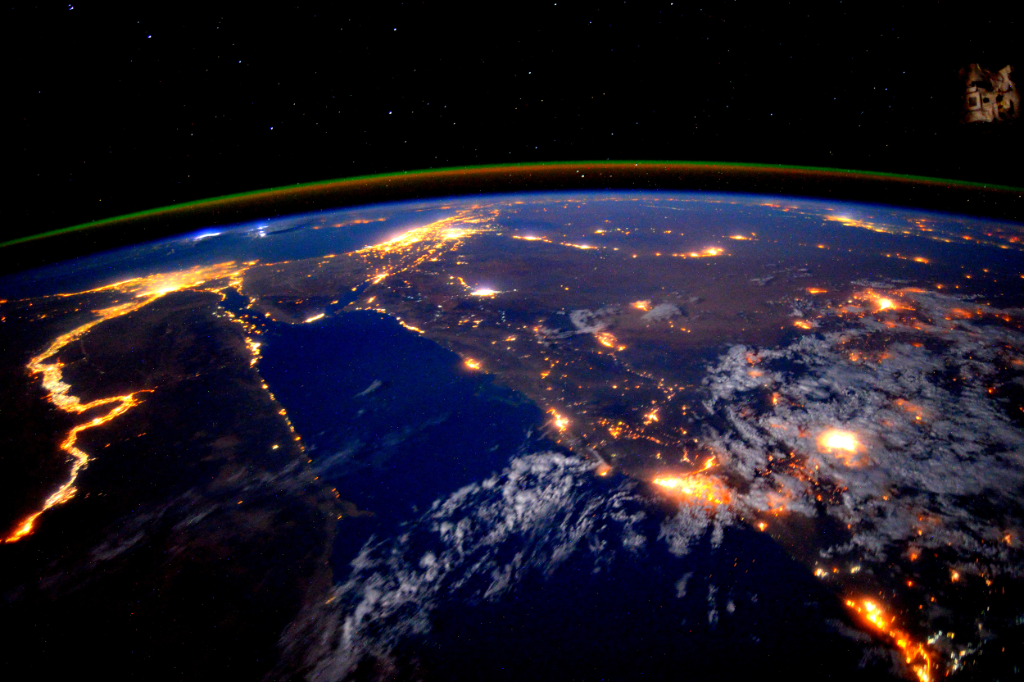A running whine on Twitter and Facebook: ‘Can you name anything government ever got right?’
One such occasion was July 20, 1969, when humans first put foot on the Moon.
It’s a day to remember history. Do you remember that day, the first time humans landed on the Moon?
God knows we could use more Americans to have faith in the good intentions of NASA scientists today; we could use more dreams like those NASA gave us then, too.
Southwest Elementary in Burley, Idaho, existed in a world far, far away from the U.S. space program. We watched rocket launches on black and white televisions — the orbital launches were important enough my father let me stay home from school to watch, but when he dropped me off at school, I was in a tiny band of students who actually made it to school. Potato farmers and the merchants who supported them thought the space program was big, big stuff, worth missing school.
By John Glenn’s flight, a three-orbit extravaganza on February 20, 1962, a television would appear in the main vestibule of the school, or in the auditorium, and we’d all watch. There were very few spitballs. Later that year my family moved to Pleasant Grove, Utah.

Moonrise from Apollo 11 prior to Moon landing.
Toward the end of the Gemini series, television news networks stopped providing constant coverage. The launch, the splashdown, a space walk or other mission highlight, but the nation didn’t hold its breath so much for every minute of every mission. Barry McGuire would sing about leaving the planet for four days in space (” . . . but when you return, it’s the same old place.“), then six days, but it was just newspaper headlines.
The Apollo 1 fire grabbed the nation’s attention again. Gus Grissom, one of the three who died, was one of the original space titans; death was always a possibility, but the U.S. program had been so lucky. Apollo’s start with tragedy put it back in the headlines.
The space program and its many successes made Americans hopeful, even in that dark decade when the Vietnam War showed the bloody possibilities of the Cold War. That darkest year of 1968 — see the box below — closed nicely with Apollo 8 orbiting the Moon, and the famous Christmas Eve telecast from the three astronauts, Frank Borman, Jim Lovell, and William A. Anders. The space program kept us hopeful.
By early 1969 many of us looked forward to the flight of Apollo 11 scheduled for July — the space flight that promised to put people on the Moon for the first time in history, the realization of centuries-old dreams.
Then I got my assignment for Scouting for the summer. Out of nearly 50 nights under the stars, one of the days would include the day of the space walk. Not only was it difficult to get televisions into Maple Dell Scout Camp, a good signal would be virtually impossible. I went to bed Sunday night knowing the next day I’d miss the chance of a lifetime, to watch the first moon landing and walk.
Just after midnight my sister Annette woke me up. NASA decided to do the first walk on the Moon shortly after touchdown, at an ungodly hour. I’d be unrested to check Scouts in, but I’d have seen history.
And so it was that I got to watch as on July 20, 1969, Neil Armstrong became the first human to set foot on the Moon: “A small step for a man, a giant leap for mankind,” was what he meant to say in a transmission that was famously garbled (at least he didn’t say anything about jelly doughnuts).

Photo: Astronaut Buzz Aldrin salutes the U.S. flag on the Moon; for a gallery of photos from Apollo 11 from NASA, click here.
NASA provided a video compilation for the 40th anniversary of Apollo 11 in 2009:
2021 marks the 52nd anniversary.
Texas Essential Knowledge and Skills (TEKS) used to list 11 dates for U.S. history as the touchstones kids need to have: 1609, the founding of Jamestown; 1776, the Declaration of Independence; 1787, the Constitutional Convention; 1803, the Louisiana Purchase; 1861-1865, the American Civil War; 1877, the end of Reconstruction; 1898, the Spanish American War; 1914-1918, World War I; 1929, the Stock Market Crash and beginning of the Great Depression; 1941-1945, World War II; 1957, the launching of Sputnik by the Soviets. Most teachers used to add the end of the Cold War, 1991; I usually included Apollo 11 — I think that when space exploration is viewed from a century in the future, manned exploration will be counted greater milestone than orbiting a satellite; my only hesitance on making such a judgment is the utter rejection of such manned exploration after Apollo, which will be posed as a great mystery to future high school students, I think.)
Happy to report the Texas State Board of Education has caught on. TEKS dates now include 1968 and assassination of Rev. Dr. Martin Luther King, Jr., 1969 and Apollo 11, plus the terrorist attacks on the World Trade Center in 2001 and the 2008 election of Barack Obama as president.
* Why 1968 was such a tough year, in roughly chronological order: 1968 produced a series of disasters that would depress the most hopeful of people, including: the Pueblo incident, the B-52 crash in Greenland, the Tet Offensive in Vietnam, the nerve gas leak at the Army’s facility at Dugway, Utah, that killed thousands of sheep, Lyndon Johnson’s pullout from the presidential race with gathering gloom about Vietnam, the Memphis garbage strike, the assassination of Martin Luther King, Jr., riots, the Black Panther shoot-out in Oakland, the Columbia University student takeover, the French student strikes, the tornadoes in Iowa and Arkansas on May 15, the Catonsville 9 vandalism of the Selective Service office, the sinking of the submarine U.S.S. Scorpion with all hands, the shooting of Andy Warhol, the assassination of Robert F. Kennedy, the Buenos Aires soccer riot that killed 74 people, the Glenville shoot-out in Cleveland, the cynicism of the Republicans and the nomination of Richard Nixon and Spiro Agnew, the Warsaw Pact invasion of Czechoslovakia crushing the “Prague Spring” democratic reforms, the Chicago Democratic Convention and the police riot, the brutal election campaign, the Tlatololco massacre of students in Mexico City, Black Power demonstrations by winning U.S. athletes at the Mexico City Olympics, coup d’etat in Panama. Whew!
More, from Millard Fillmore’s Bathtub:
- “Encore quote of the moment: John Kennedy, ‘We choose to go to the Moon'”
- “Scouts shooting for the Moon: The story of twelve Moonwalkers, and Scouting”
- “Hall of Fame: Debunking the Moon Landing Hoax hoax”
- “One more way to know Apollo 11 landed on the Moon”
- “XKCD debunks claims of a Moon landing hoax”
- “July 24: A day of arrivals”
And even more:
- 48 years ago, Neil Armstrong walked on the Moon. Where were you? Mike Scott, New Orleans Times-Picayune, July 20, 2017
- Local man recalls his steps toward ‘giant leap’ (news-journalonline.com)
- The Secret Communion on the Moon: The 44-Year Anniversary (swampland.time.com)
- Apollo 11 F-1 Engine Finding Confirmed by Jeff Bezos on Eve of 1st Human Moonwalk (universetoday.com)
- When Will the Next Giant Leap for Mankind Occur? (And Will it be Appreciated?) (justdohistory.wordpress.com)
- Forget an Apollo 11 national park on the moon, let’s focus on next big mission | Santhosh Mathew (guardian.co.uk)
- 6 talks to watch this Moon Day (ted.com)
- Jardine: Moon landing date especially poignant for Modesto couple (modbee.com)
- “National Parks on the Moon? It’s an excellent idea,” Time magazine
Yes, this is an encore post with updates. Defeating ignorance takes patience and perseverance.



 Posted by Ed Darrell
Posted by Ed Darrell 



























